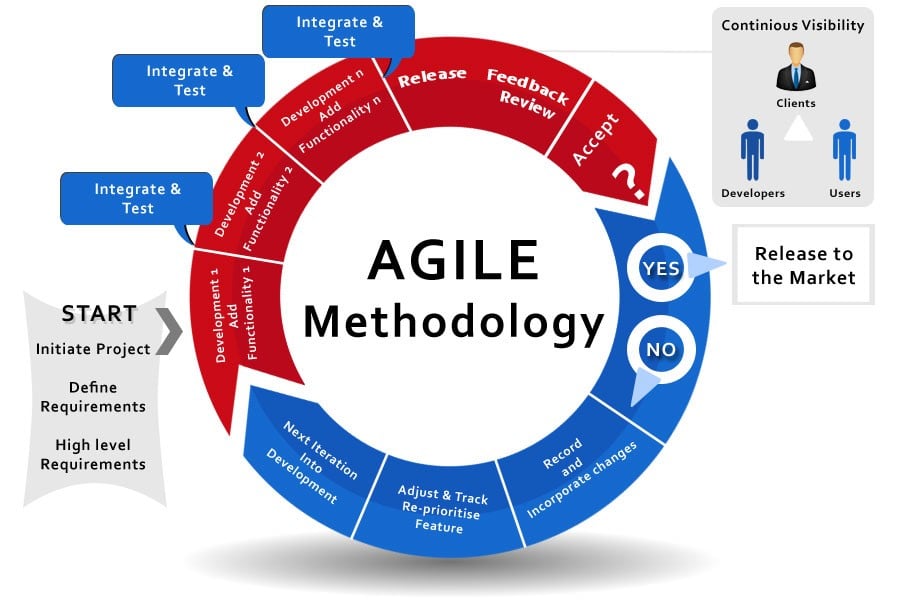
The concept of agile leadership is very recent. This allows businesses to be more innovative and flexible in a dynamic marketplace. Those who will head companies in the future must have an agile mentality.
Successful businesses in today's market can and will change with the times. Established cultures and management styles of market leaders foster agility. According to the research, there was an increase in profitability for 60% of organizations following agile development. Agile development, agile techniques, agile training, and more—the most recent ideas, news, recommendations, and trends in the field. It takes speed and awareness to be agile. For a leader, it is a must-have trait. Our environment is complicated, unpredictable, and volatile. Agile leaders can adapt quickly to these changes. In almost every industry, having an agile training certification will increase your employability.
Just so we're clear, let's review everything that this blog will cover before we go in:
- Agile leadership's origins and development.
- The idea of flexible leadership.
- To what extent does an agile leader exhibit the following characteristics?
- How does an agile leader prioritize tasks?
- How agile leadership differs from more conventional methods.
- What differentiates agile businesses from their more traditional counterparts?
- How can you use its principles to become a more agile leader?
What is Agile Leadership?
Agile leadership emphasizes continuous improvement. Developing one's capacity for self-management is the goal of this leadership style. Teams in an agile setting work together, gain knowledge from one another, and respond rapidly to user input.
In an agile environment, executives do not impose strict rules or micromanage employees. They achieve a combination of chaos and rigid structure. A fundamental principle of agility is the OODA loop. There are four stages to the OODA loop that help in decision-making. Information filtering, context, and decision-making are the main points.
OODA stands for-
- Observe: The skill or ability to pay attention to one's immediate environment.
- Orient: To harmonize with one's environment.
- Decide: To choose an appropriate course of action.
- Act: To follow choices.
During the twentieth century, military strategist John Boyd created the OODA. At both the individual and corporate levels, this tactic is employed. In its original form, OODA was used by the military to teach troops how to make split-second choices. The plan aimed to sneak up on the opponent and throw their decision-making process for a loop as soon as possible. The OODA has found work in several different industries, and it shines in VUCA settings, where things are constantly changing.
The acronym VUCA comes from the following words:
- Volatile: Unpredictable and of uncertain length are the challenges. There is usually information accessible on the difficulties.
- Uncertain: We know the events' fundamental causes and effects, even though we don't have all the facts.
- Complex: Numerous factors and components are involved in the circumstance. Data is accessible but challenging to make sense of because of its complexity.
- Ambiguous: More clarity needs to be provided in casual partnerships. Due to the lack of historical data, you are confronted with "unknowns”.
Surviving and winning in such situations requires excellent judgment. The OODA loop improves decision-making. Like the OODA loop, agile leadership builds high-performance teams. Agile tools are preferred in organizations. In complicated, unpredictable VUCA circumstances, it helps.
Agile leaders apply agile concepts to processes, structures, and people development. These ideas boost competitiveness. One of the most essential project management methods, Agile methodology courses, are most often used in the software industry. Agile leaders adapt to VUCA circumstances via the OODA loop. Their staff is empowered to make decisions. Leaders also teach staff to adapt to market and technology developments. Agile teams learn self-management. This leadership approach suits today's culture. It lets workers execute their jobs without orders.
Leave Your Comment Here